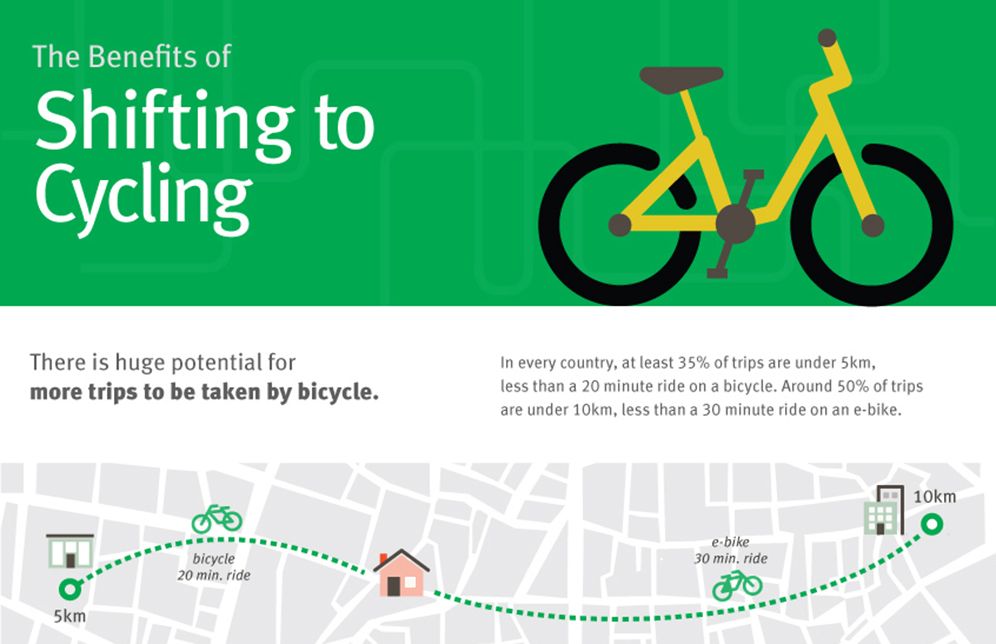Discover The Legal Standards In Your Area To Advertise Risk-Free And Accountable E-Bike Riding

Short Article Author-Spivey Rose
Before you hop on your e-bike and hit the streets, it's crucial to comprehend the legislations and laws that regulate your city. From speed limitations to designated riding locations, there's a lot to consider to ensure you're compliant and secure. By familiarizing yourself with the guidelines details to e-bikes, you'll be better equipped to appreciate your adventures without any unanticipated legal issues. Remain tuned to find key insights that will certainly help you navigate the e-bike landscape in your city seamlessly.
Comprehending E-Bike Classification
When it pertains to navigating the realm of e-bike regulations and policies, an essential beginning factor is recognizing the category system that categorizes these electrical bikes. E-bikes are generally categorized into three major categories: Class 1, Course 2, and Course 3.
Class 1 e-bikes are pedal-assist just, indicating they supply aid while the biker is pedaling and have a maximum speed of 20 miles per hour. These bikes are admitted locations where typical bicycles are allowed.
Course 2 e-bikes are geared up with a throttle that can push the bike without pedaling. http://mui04carolyne.xtgem.com/__xt_blog/__xtblog_entry/__xtblog_entry/37352717-a-comprehensive-beginner-s-guide-to-picking-the-perfect-electric-bike-introduces-lesser-known-attributes-essential-for-an-optimum-riding-experience?__xtblog_block_id=1#xt_blog have a maximum speed of 20 mph and are suitable for riders that might need assistance without pedaling continually.
https://writeablog.net/theda9lissa/electric-bicycles-a-sustainable-alternative-for-contemporary-traveling -bikes are similar to Class 1 however with a greater maximum speed of 28 miles per hour. These bikes are usually restricted from certain bike courses or tracks due to their greater speeds.
Understanding these categories is crucial for adhering to local regulations and ensuring a risk-free and pleasurable e-biking experience.
Browsing Rate Limits and Restrictions
To efficiently navigate e-bike legislations and regulations, it's important to recognize the speed restrictions and limitations that apply to different classes of electrical bikes.
Speed limitations for e-bikes differ relying on the classification of the bike. Course 1 e-bikes, which are pedal-assist only and have a maximum speed of 20 mph, are commonly allowed on bike lanes and courses.
Course 2 e-bikes, which have a throttle along with pedal-assist and additionally get to speeds of approximately 20 miles per hour, might be restricted in specific areas where motorized vehicles aren't permitted.
Class 3 e-bikes, with pedal-assist up to 28 miles per hour, are normally needed to adhere to the exact same regulations as conventional bikes.
It's important to follow these speed limits and limitations to guarantee your safety and security and the safety and security of others when driving. Before riding your e-bike, acquaint yourself with the certain guidelines in your city to avoid any type of possible fines or legal issues.
Where to Trip Your E-Bike
To identify where you can ride your e-bike, it's essential to be aware of the guidelines and standards details to your place. In many locations, e-bikes are generally permitted on roads and roads where standard bikes are allowed. This might include bike lanes, bike courses, and shared highways. Nevertheless, it's crucial to examine regional regulations as some cities might have particular restrictions on where e-bikes can be ridden.
When riding https://www.canberratimes.com.au/story/8521800/best-electric-bikes-in-australia-for-2024-we-tested-rated-7-popular-e-bikes/ -bike, always prioritize safety and security by complying with traffic regulations and respecting pedestrian walkways. Additionally, be mindful of any assigned bike lanes or courses in your location and utilize them whenever possible to make sure a smoother and safer adventure.
Some cities additionally have guidelines concerning e-bike usage on pathways, so see to it to acquaint on your own with these rules to avoid any kind of fines or charges.
Final thought
Since you know with the laws and regulations surrounding e-bikes in your city, you can with confidence hit the trail understanding where you can ride and what limitations apply to your e-bike classification. Remember to always focus on safety and comply with the policies to make certain a smooth and legal ride. Pleased riding!

